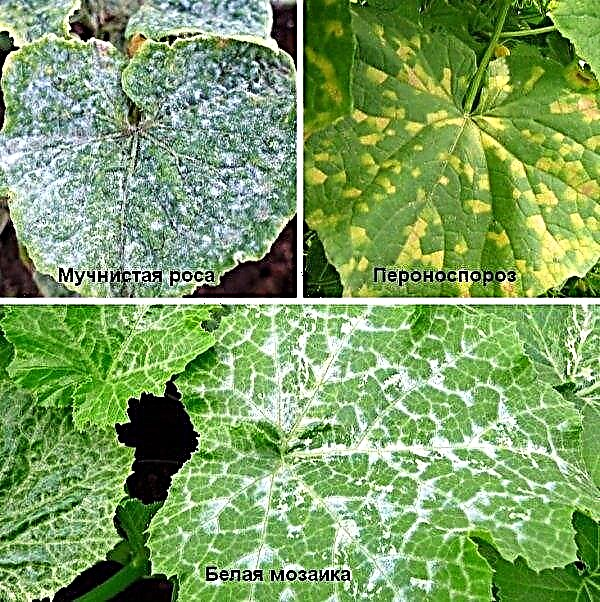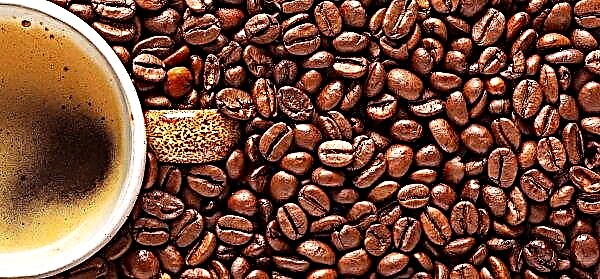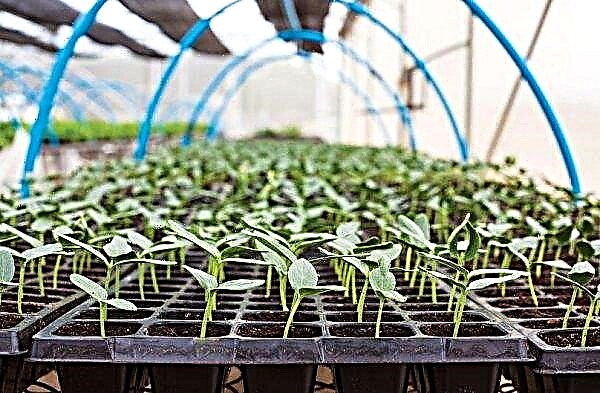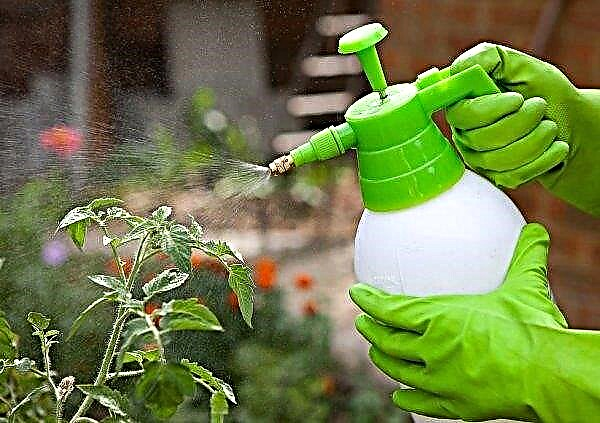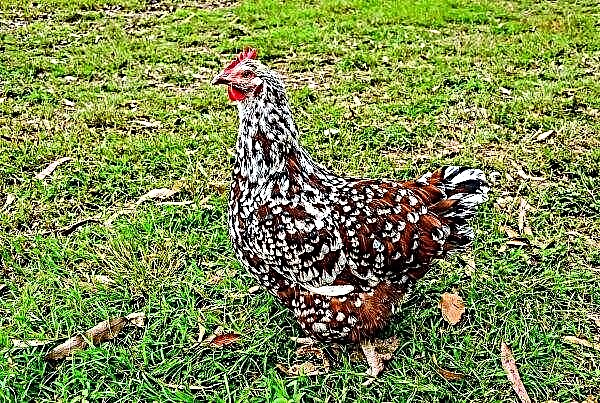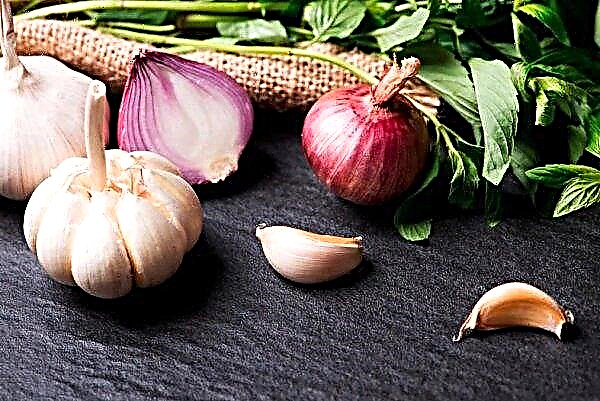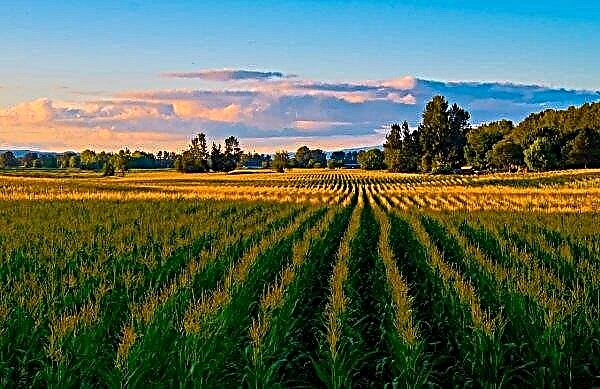The small area of the site and the desire to decorate the landscape with as many plants as possible make vertical gardening a godsend for gardeners. Imitating flower garlands, climbing plants in hanging planters and in compositions on supporting supports decorate garden structures with dense foliage and abundant flowering. The article is devoted to the types of such vertical gardening, architectural garden forms, as well as the choice of plants.
Plants for vertical gardening
To choose the right plants for the appropriate support of vertical gardening, you must first understand the various methods of climbing - it can be antennae, twisted leaves and stems, sticky aerial roots. Some plants themselves cling and crawl on a support, while others need a garter and the help of a gardener.

Unpretentious species exist, while others require complex care. Many of these plants will not only decorate the garden with lively greens and different shades of flowers, but also fill it with aroma, some will live only for the season, and perennial crops will please longer. The choice always remains with the gardener. Below is a short list of plants for vertical gardening.
Important! Support structures work best with vines that reach a maximum height of 2–5 m or can be trimmed to these sizes.
Annual plants:
- Morning glory - unpretentious vine from the family Vyunkovyh. Funnel flowers are white, pink, purple, blue or mixed shades. Can be grown in open areas and in containers.
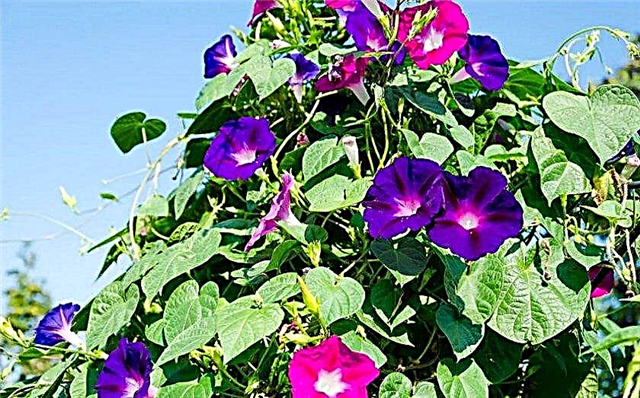
- Kvamoklit - a kind of vines of the genus Ipomoea. It grows up to 3 m in height. Funnel-shaped flowers are red, pink, or white with five petals.
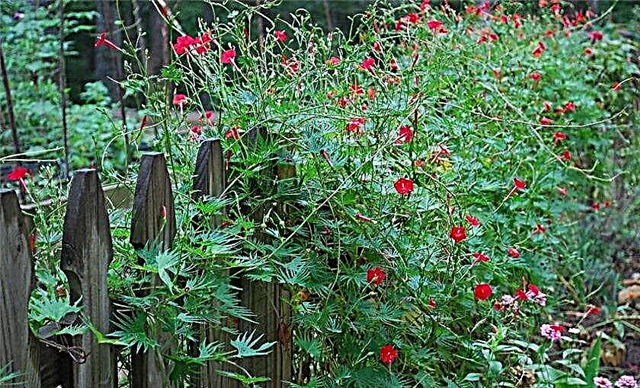
- Kobe - a light and heat-loving vine that does not withstand harsh winters; therefore, they are planted annually in the Russian climate as an annual culture. The leaves are complex pinnate, bell flowers are large, white, purple, lilac, depending on the variety. It grows quickly up to 4 m in height, strong support is required due to the heavy green mass of the vine.

- Tunbergia - grows up to 2 m high in warm regions, slightly less when grown in containers. Orange flowers with a characteristic dark spot in the center, have five petals.

- Sweet pea - unpretentious plant, rises to a height of 1-2 meters with appropriate support. Cirrus leaves with two leaves and end tendrils clinging to a support. The flowers are purple, fragrant. It requires ordering on the trellises, otherwise the stems will be intertwined, and the landscaping will take on a disordered appearance.
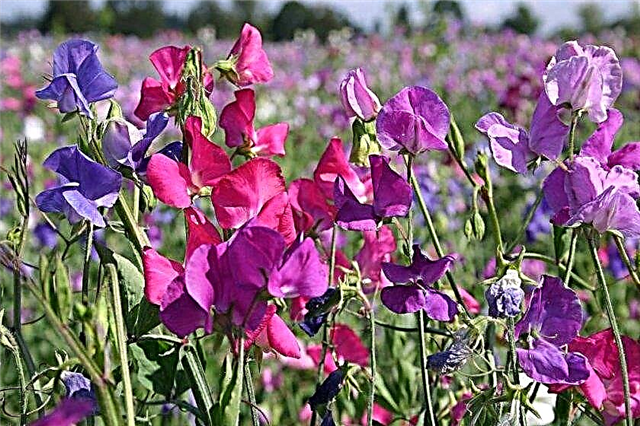
- Dolichos or decorative beans - climbing plant of the legume family. Stems with pinkish-violet, yellow or white flowers and interesting reddish-violet pods are a favorable background for other bright ornamental plants. Beans need a strong support with a height of at least 3 m.
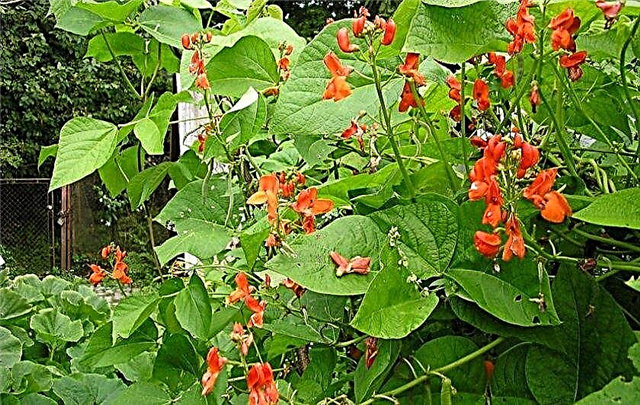
- Wild cucumber - stems up to 8 m long. In the presence of support, they stretch upward, clinging to the antennae, and without support weave along the ground. The flower has a white or greenish-yellow corolla with six thin petals. The fruit up to 5 cm long resembles a tiny prickly watermelon or cucumber, but is inedible.
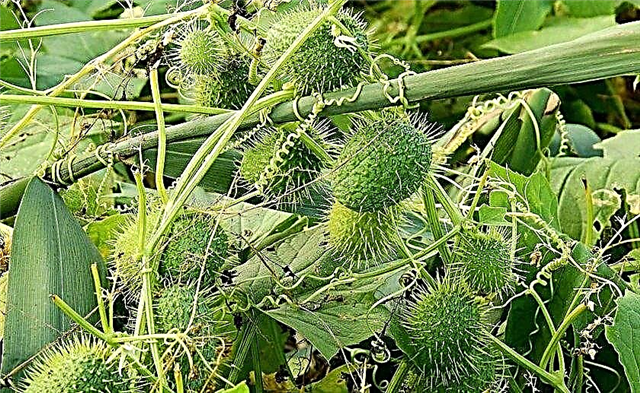
- Nasturtium - a thermophilic curly, beautifully flowering plant. It grows up to 3 m per season. The flowers are orange, red, yellow, leaves are light green. Suitable for growing in containers, on trellises.

- Decorative pumpkin - climbing annual plant, reaches a height of 2-5 m, is appreciated for the abundance of decorative fruits with different color shades.

Perennial Climbing Plants:
- Climbing roses - The brightest and most beautiful example of climbing plants that can change the appearance of any landscape. Fragrant compositions of pink flowers of various shades will decorate the garden for many seasons. Roses are unpretentious, resistant to drought, but with the onset of winter they must be removed from structures, trimmed and insulated. In the new season, stems are able to grow up to 4 m in height, and require support. Low varieties can be grown in pots, which makes them excellent plants for patios and small gardens.
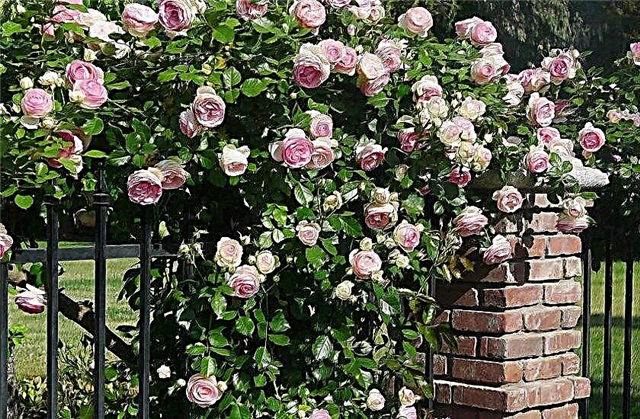
- Clematis (Clematis) - a fast-growing liana up to 1.5–3 m tall, blooms dense and long with large violet, blue, pink and white flowers, requires support. Shrub species are used for landscaping high walls, trunks, arbors, trellises, pergolas, creeping - in the curbs, low gratings.
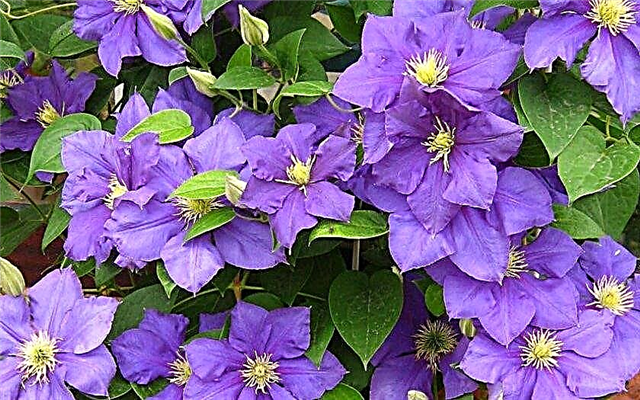
- Honeysuckle - unpretentious creeping plant that can grow up to 4-7 m in height. The leaves are decorative, and the flowers (orange, red, white, yellow) are colorful and fragrant - the smell intensifies in the evening. Varieties of dense small-leaved honeysuckle are used as low hedges.

- Campsis or tecoma - a beautiful deciduous frost-resistant liana, reaching a height of 7-15 m per season. Funnel-shaped flowers are large, red-orange. It can easily become an invasive species, as it quickly spreads by underground branches. It clings to the support with air roots-suction cups.
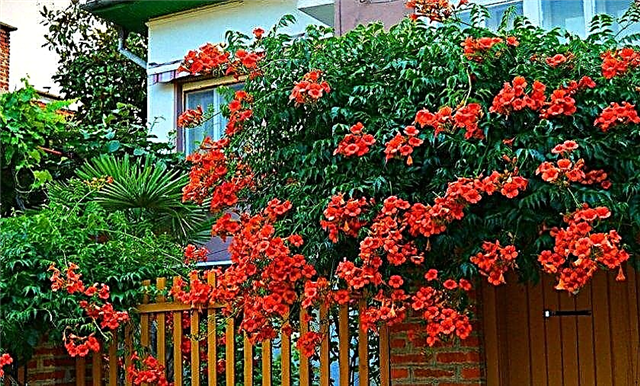
- Girl's grape - unpretentious and fast-growing plant up to 8-15 m, capable of densely covering the space provided. At the end of summer, vine leaves are painted in various shades of green, yellow, purple colors, which revives the autumn landscape. Pruning is required to control intensive growth.

- Ivy - easy to grow, grows on any soil and does not require complex care, for which we love gardeners. This evergreen climber does not require support, as sucker roots can cling to the slightest roughness.

- Hop - reaches a height of up to 7 m. The ground part dies with the advent of winter, but grows back in spring. Prefers partial shade.

Types of vertical gardening in landscaping
Vines, vines and other climbing plants are suitable for vertical gardening. They can hide unsightly farm buildings, fences, poles, walls of the house, create shady arbors and places for privacy in the garden.
By the method of placing flower pots and choosing the design of the garden composition, vertical gardening is divided into types.
Hanging flowerpots
The gardener always does not have enough space for growing new plants, so the use of hanging flowerpots makes it easy to create a vertical flowering garden, place as many flowers as possible and save space.
To do this, you can connect the individual plants in pots together on a metal rod that passes through all the flowerpots, and then bolt it to a vertical frame, grate, wire or fence. Several of these rods form a wall of flowering planters in the courtyard or at the fence. But this design is less mobile and bulky due to the large weight of the flowerpots.
A more convenient way is to drill holes in each pot and instead of one long rod, fix a shorter one inside with a loop in the upper part for hanging the flowerpot on a hook in the ceiling or other construction.Important! Check plant pots daily in hot weather for moisture and water them in a timely manner.
So it’s much easier to put together a large number of flowerpots, if you wish, often change their places and use narrow space for vertical compositions more efficiently than use a long steel rod with several potted plants. You can add interesting containers of various shades, shapes, colors and patterns.
 When watering, water flows from the drainage hole in one pot and enters the plant below. If the vertical garden is located outside, then you can allow the excess water from the last flowerpot to flow to the ground.
When watering, water flows from the drainage hole in one pot and enters the plant below. If the vertical garden is located outside, then you can allow the excess water from the last flowerpot to flow to the ground.
Landscaping of walls without additional supporting elements
The vertical landscaping of buildings is an important part of landscape design and such houses are typical for European cities and the UK. An unsupported method of gardening involves the use of so-called climbing plants, or climbers (girl's grapes, ivy, petioles hydrangea, clematis).
Did you know? Wall decoration and gardening can be done in an unusual way, namely with moss drawings. To do this, prepare "vegetable" paint from water, moss, kefir, sugar and hydrogel and apply the selected pattern with a regular brush. Moss sprouts and forms green pictures in the places of application.
They are equipped with special suction cups, antennae or sticky, air-borne accessory roots, which cling to the masonry and completely cover the surface of the walls. They cannot attach to window frames and glass, so the openings remain free from greenery and seem to be cut out in foliage. The seasonal change in shades of green colors houses in bizarre and diverse colors.
 This version of vertical gardening does not require additional supporting structures, it is used for facades and solid fences made of concrete or brick. Thinning plants creates light or dark, static or dynamic landscape spots.
This version of vertical gardening does not require additional supporting structures, it is used for facades and solid fences made of concrete or brick. Thinning plants creates light or dark, static or dynamic landscape spots.
Window box containers located on window sills also decorate buildings from the outside and enhance the look. Perennial flowering vines and vines fill the vertical space with cascading stems that fall beyond the edges of the box and are able to reach the ground.
Trellis landscaping
As elements of landscaping on the trellis (Italian. Spalliera “support, shoulder”), a strong vertical frame with trellised filling is used, which allows maximum use of the limited area on the garden space. A simple trellis is an ordinary wire or twine fixed on top, supporting plants in an upright position. Often, just such an elementary device is used in gardening. 
Trellis uses a wooden or metal fence, gratings, wrought iron, wire or bamboo fencing, plastic, twine at the base of the garden structure. Unlike trellis, where the plants themselves cling to the trellis, on the trellis, the shoots of plants are cut and fixed on supporting supports in the established order.
To install the structure, it is necessary to insert the end of the trellis into the soil next to the curly seedlings, but under the cover of the walls, in order to avoid windage. It must be at least 30 cm from the flat surface to allow air to flow between the leaves.If there is a place in the garden for an unusual form of support, then you can create a sculptural trellis by installing a frame structure in the form of a tripod, fan, pyramid, A-shaped structure or stairs made of two rectangular lattices. By adding a mesh, wire or rope tension to the support, you can get new gripping points for plants.
Inside the structure there will be a shady area that can be used to place plants that are sensitive to excessive lighting. Any trellis design will support such thin curly vines as clematis, mandeville, morning glory, sweet potatoes. Heavier vines (wisteria, bougainvillea) can cause sagging and stretching of the light trellis as it grows.
Landscaping of architectural form trellis
When it comes to decorating the landscape, garden designs can add a romantic look and transform the courtyard. An example of such an element is a small architectural form - trellis (French treillage - lattice). The design is a flat grid panel that is used to support plants.
 Trellisies usually have a square base with a rounded top, but other decorative geometric shapes are possible. The lattice is mounted on supports in the form of pillars made of wood, metal or bricks. Some trellises are attached to the wall, while others are located separately standing compositions and form arbors with dense landscaping to protect from sun and rain, the border of the economic zone or a green screen of poorly expressed bare walls and walls .
Trellisies usually have a square base with a rounded top, but other decorative geometric shapes are possible. The lattice is mounted on supports in the form of pillars made of wood, metal or bricks. Some trellises are attached to the wall, while others are located separately standing compositions and form arbors with dense landscaping to protect from sun and rain, the border of the economic zone or a green screen of poorly expressed bare walls and walls .

To install a freestanding grate, you need to dig holes for the installation of poles and fill them with cement. When the solution solidifies, get a solid and stable design.
If you are mounting a wall grill, you first need to attach trim strips to the wall to provide a gap and space for plant growth, and then attach the trellis to the strips with dowels. The dimensions of the windows and doors in the wall should be taken into account when calculating the lattice cells in order to symmetrically frame the openings.
Hedge
Hedgerows are often used as vertical gardening for garden planning and are a line of closely spaced shrubs or trees to create borders and frames for individual sites.
Fences, cut to 50 cm, are considered borders and serve for the geometric delimitation of flower beds, individual sites and paths. If pruning is performed at eye level and above, then the hedge can replace the garden fence, hide the walls of buildings and create a quiet and shady corner, ensuring privacy.Did you know? The unique hedge of beech trees, planted in 1745 at the Scottish estate of Meyklur, is listed in the Guinness Book of Records, as it is considered the highest (30 m) and long (530 m).
Cropped and trimmed hedge plants using the nivaki technique will become sculptural compositions and diversify the landscape with their forms. Selecting plants with different colors of leaves and needles, you can create picturesque "tapestry" paintings. For such hedges, boxwood, privet, barberry, holly or a mixture of gold, green and gray-blue coniferous crops (thuja, juniper, cypress) are planted.
Flowering unedged bushes in the hedge take up more space, but compensate for this shortcoming by flowering - roses, hibiscus, bougainvillea, rhododendrons, hydrangeas.
Arched landscaping
The Garden Arch is a stand-alone structure that serves as a passage and climbing plants. It usually has two side panels and a curved roof, which can be open or closed.
Garden arches are important elements of the landscape and are made of various materials: wood, stone, metal, plastic. Even trees or shrubs can serve as an arch, being tied and trimmed in the form of curved configurations.
Arches perform several important landscape functions, supporting plants, acting as foci and creating the desired species. A sequence of arches can be used to mark paths in the garden or become a solitary composition in an artificially created “wild” landscape. The choice of form, material and plants for landscaping depends on the purpose of the arched structure, as well as on the general style of the created landscape.
Arches create an excellent setting, looking to another part of the garden or to the landscape beyond. This is especially effective if you have a view of the mountains, pond or other structures that you want to highlight. With this use, the arch creates a “borrowed landscape”, turning everything that is in the frame into an integral part of the garden space. This is the perfect entrance to the courtyard, garden or patio.
To independently design an arch, it is necessary to dig a structure into the ground and plant climbing plants nearby, the choice of which should be taken very carefully - take into account the illumination of the site, the style of the garden, and the dimensions of the arch.
Large vines, such as wisteria, need extremely strong and heavy arches capable of supporting their considerable weight. Smaller arches can support climbing roses, clematis and other shrubs, perennials and annuals. Arches are sometimes surrounded by hedges, flowerpots and other dense shrubs.
Landscaping pergolas
Pergola, unlike the arch, consists of horizontal upper open beams supported by pillars. This small architectural form can be a small structure in the form of a gazebo with a flat roof or a large canopy for the courtyard or terrace, twined with plants to protect from the scorching sun. A pergola forms the entrance to the courtyard, creating a shady ledge at the front facade. Pergola itself is a decorative structure of a garden landscape, and when used as a growing support for climbing plants, it acts as an element of vertical gardening.
Pergola itself is a decorative structure of a garden landscape, and when used as a growing support for climbing plants, it acts as an element of vertical gardening.
Beams are attached to the posts, and the ends of the lumber are cut into a decorative profile. Climbing plants are planted at the base of the pillars, along which they stretch to the upper crossbars. The construction is solid and able to support the weight of heavy vines such as grapes, wisteria and hydrangea, and a slight shading inside provides good opportunities for placing garden containers and hanging baskets.
For better shading pergolas with an open roof for most of the day it is positioned so that the rafters are oriented in the north-south direction. When the sun moves, they form a shadow inside the structure, with the exception of noon.
Video: Making a pergola
Green galleries berso
Green tunnels, consisting of a series of wooden or metal arches, each of which supports climbing plants, are called berso galleries. For the first time green alleys with such a sonorous name appeared in the XVII century. and instantly won the title of one of the most luxurious elements of landscape design.
When arches are used in this way in a landscape, the composition is similar to a tunnel or pergola, except that the gaps between the individual elements of the latter allow more light and air to enter the interior. Berso galleries with dense deciduous cover are more massive and longer than a pergola. Trunks and skeletal branches of plants are attached to the berso structure to obtain the intended shape. Woody plants are planted on the outside of the arches at a distance of 0.5-1 m from the walls, vines and vines (wild and cultivated grapes, honeysuckle, wisteria, Chinese magnolia vine) - closer.
Trunks and skeletal branches of plants are attached to the berso structure to obtain the intended shape. Woody plants are planted on the outside of the arches at a distance of 0.5-1 m from the walls, vines and vines (wild and cultivated grapes, honeysuckle, wisteria, Chinese magnolia vine) - closer.Various perennial climbing plants, whose branches are attached to the structure, are planted at the base of the berso arches. Expanding, the vines form a continuous green corridor, braiding the walls and roof. To create a green alley, you can use trees and shrubs with flexible branches (willow, hornbeam, acacia).
The arch can be arched, flat or gable. Often the interior is an asphalt or paved walking path with benches along the rest. Such galleries can lead to other garden and park areas, to reservoirs and be places of rest and shelter on hot days. An example is Berso in the Gatchina Park or in the Summer Garden of St. Petersburg, near the pedestrian Andreevsky bridge in Moscow.
Such galleries can lead to other garden and park areas, to reservoirs and be places of rest and shelter on hot days. An example is Berso in the Gatchina Park or in the Summer Garden of St. Petersburg, near the pedestrian Andreevsky bridge in Moscow.
Vertical flower beds
Flower beds can be placed not only horizontally on the ground, but also used for vertical garden decoration. For this, a single design with tiered placement of containers, baskets of silt of vases of various shapes with flowers planted in them is suitable.
The structure can be in the form of a pyramid, stairs, circle, which gives a unique charm to even a small area. Containers are wooden, ceramic, concrete, stone, plastic. An example is the design of different diameters of bowls strung on a common rod.
Important! On metal fences or wooden fences, you can attach brackets or "pockets" for flowerpots, use pipes, barrels and tires to accommodate flowering plants.
In the gardening of vertical flower beds, or flower girls, flowering ampelous cultures (petunia, pelargonium, begonia, verbena, nasturtium, diasia) are used, which not only decorate the composition with flowers, but also form vertically arranged colorful surfaces with stems. Plants should have approximately the same conditions for growth, otherwise it will be difficult to care for a vertical flower bed.
This form of modern landscape design today is popular not only in private gardens, but also in city parks and in the decoration of streets. Such compositions look very impressive, do not take up much space and allow you to increase the landscaping area.
The easiest option that you can do yourself is to dig in pegs and pull a grid with geotextiles around them. The resulting bag is filled with soil mixed with moss, irrigation systems are organized from pipes inserted inside. Plants are planted in numerous asymmetrically located slots.
Decorative climbing plants are able to take the most unusual forms and give architectural structures and garden compositions the natural beauty and look of wildlife. It should be a holistic and thoughtful picture, and not a collection of interesting objects, so be careful and do not allow vertical landscaping to cover other attractive sides of the garden landscape.


















